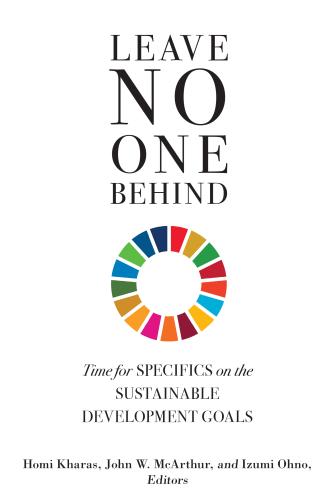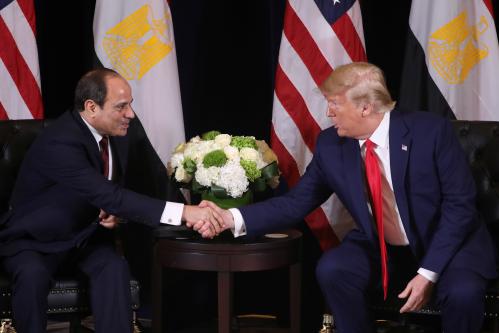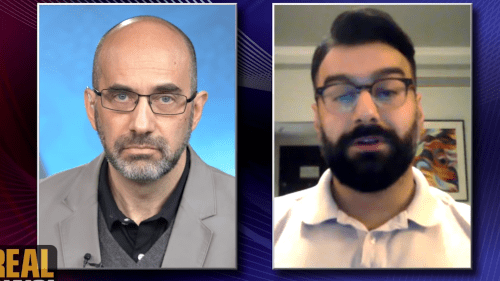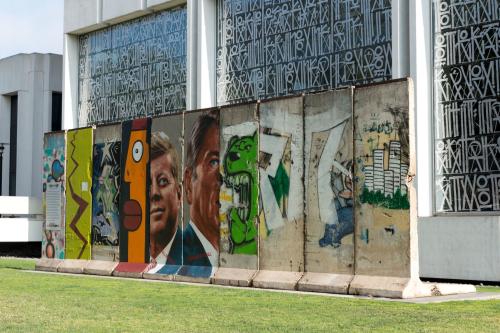Earlier this month, Iran further expanded its nuclear enrichment program, taking another step away from the nuclear accord it had signed with world powers in July 2015. Since President Trump withdrew the U.S. from the accord, on May 2018, and re-imposed U.S. sanctions, Iran’s economy has lost nearly 10 percent of its output. Although the economy appears to have weathered the initial storm, time is not on Iran’s side and its leaders see the gradual resumption of enrichment as a way to end the current stalemate without caving to U.S. demands.
As usual in matters of foreign policy, Iran’s leadership is divided on how to weigh the costs and benefits of talking to Trump. Waiting out Trump’s first term in the hope of negotiating with a more predictable, less hostile U.S. administration after the U.S. elections in 2020 carries risks. Such an approach must be weighed against forgoing the opportunity to talk to Trump while he is still in his first term, when he may want a photo-up, if not a tangible foreign policy victory. Far less optimal would be for the Iranians to talk to him after he is emboldened by re-election.
These risks are contingent on how Iran’s economy fares in the next year and beyond, as pressure from sanctions mount. Current estimates of the damage done range from a cumulative loss of output of 5 to 15 percent. The IMF has forecast a whopping 9.5 percent decline in output for 2019 (calculated based on Iran’s fiscal year, which runs from March 21, 2018 to March 20, 2019), on top of the 4.9 percent decline in 2018 that Iran’s own data show. While Iranians claim that growth has turned positive as of last spring, and there is data that backs them, outside observers believe it is falling faster and predict the country may not be able to wait out Trump.
The intense debate inside Iran is more about economic development strategy and prospects for growth in the longer run.
On the one side are Iran’s hardliners, led by the Supreme Leader, Ayatollah Ali Khamenei, who believe that the economy can and should be restructured so that it can better withstand international isolation. They believe that the loss of oil revenues will help the “resistance economy” flourish, a type of economy that is high on the agenda of the Supreme Leader but not advocated by the neoliberal government of President Hassan Rouhani. Little is known about how such an economy would function, but its essential features revolve around less reliance on imports and redirecting trade from West to East. The resistance economy will roll back three decades of attempts to open the country and its economy to the outside world and limit the role for the state. Such features appeal to conservatives who disdain the “cultural invasion” that comes with globalization.
On the other side are moderate technocrats, many of neoliberal persuasion, who dominate Rouhani’s government. Neoliberal followers of Friedrich Hayek predominate the business press and guide economic thinking in Iran’s private sector. They warn daily of the dangers of returning to the first decade of the revolution during the war with Iraq, when the state took over the economy and isolated the country.
Hardliners point to the stability of Iran’s currency and rising employment a year and half after sanctions hit to paint a promising future without full access to global markets. Having lost 70 percent of its value in 2018, the rial has regained one-third of the loss this year. Although there are restrictions on its trade, it is convertible enough to suggest that economic actors in Iran do not consider the economy to be a sinking ship.
Recently published employment data from Iran’s labor force survey are also promising economic recovery without the resumption of oil exports. During the summer quarter of 2019, a record number of Iranians—24.75 million—were working, up by 3.3 percent from the summer of 2018. The economy had added about 800,000 jobs, a third of them in manufacturing. About 430,000 fewer people were without jobs and the unemployment rate fell to 10.5 percent, its lowest level in years. Lack of oil exports may be helping Iran shed its addiction to oil, a sort of reverse Dutch Disease.
Technocrats and neoliberals consider such gains temporary at best. The rial, they argue, will sooner or later come under pressure from double-digit inflation. Controlling inflation will be a challenge for the government, which has to print money to fill the large gap in its budget left by the loss of oil revenues. They would hope that further devaluation will preserve the competitive advantage that helped drive the bounce in employment.
They are also skeptical that recovery in employment can last beyond a year or two while sanctions are in place. While sanctions have opened up new opportunities for import substitution, they have also cut foreign investment and access to technologies that Iran needs to restructure the economy. Iran’s Central Bank governor has also sounded the alarm over the low level of investment. Fixed capital formation, which has historically averaged about 30 percent of the GDP, fell to 14 percent of the GDP in 2018/2019, barely enough to repair the existing capital stock.
Neither the public nor the private sector are in a position to fill the gap left by the departure of foreign investors. The public sector can barely cover its current expenditures and the private sector faces a credit crunch, thanks to Iran’s mostly insolvent banks.
The fact that, nearly two years after Trump’s push to pressure Iran to agree to more limitations on its nuclear program, Iran is moving forward with enrichment suggests that the cudgel of sanctions has failed. As western leaders ponder if, in response, they should tighten the sanctions, for example by adding back the U.N. sanctions, it is time to look for a more nuanced approach to Iran’s nuclear impasse, one that does not wait for its economy to crumble, but helps it open up.
The Brookings Institution is committed to quality, independence, and impact.
We are supported by a diverse array of funders. In line with our values and policies, each Brookings publication represents the sole views of its author(s).









Commentary
To talk or not to talk to Trump: A question that divides Iran
November 19, 2019